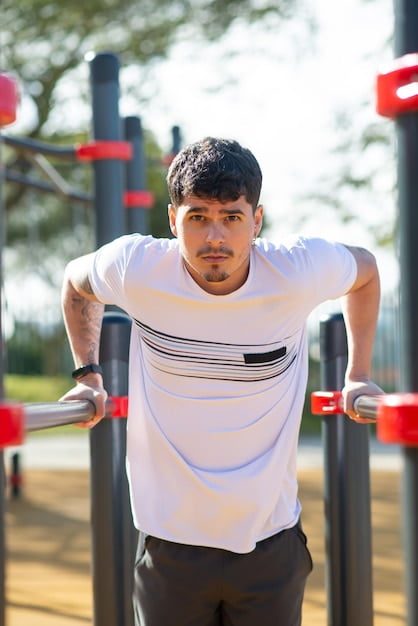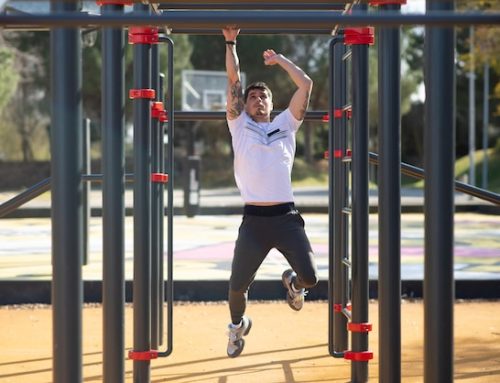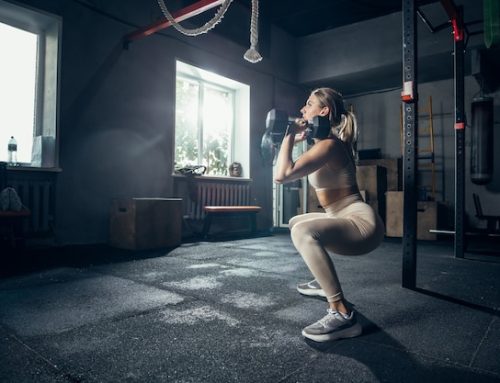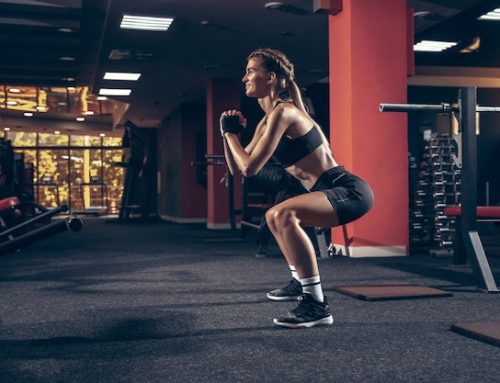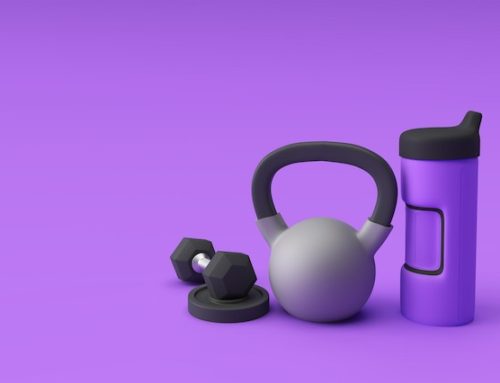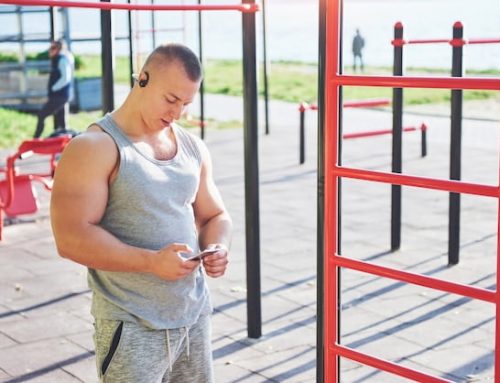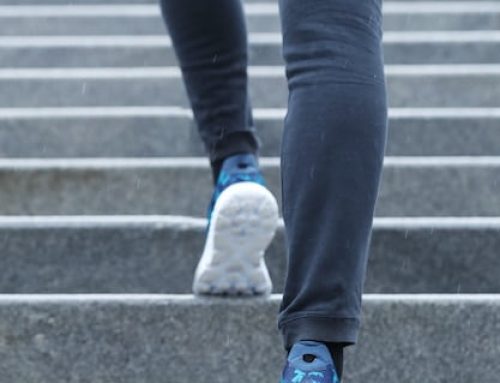The Truth About Calisthenics Athletes and Bulking/Cutting
Introduction:
Calisthenics is a form of exercise that has been gaining popularity over the last few years. Athletes who practice calisthenics rely on their body weight to build strength, endurance, and flexibility. But the question that often comes up is whether or not calisthenics athletes bulk and cut like those who lift weights?
Bulking and Cutting Explained:
Bulking and cutting are two terms that are often associated with weightlifting. Bulking is a phase where an athlete tries to gain as much muscle as possible, usually by consuming more calories than they burn. Cutting is a phase where an athlete tries to lose as much fat as possible, usually by consuming fewer calories than they burn.
Do Calisthenics Athletes Bulk?
The answer to this question is yes and no. Calisthenics athletes can gain muscle, but they do not necessarily follow the same bulking protocol as weightlifters. Calisthenics athletes often rely on progressive overload, which means they increase the difficulty of their exercises over time. This can be achieved by increasing the number of reps, changing the angle of the exercise, or adding weight to the exercise. This progressive overload can lead to muscle growth, but it is not necessarily considered bulking.
Do Calisthenics Athletes Cut?
Like with bulking, calisthenics athletes may not follow the same cutting protocol as weightlifters. Cutting often involves a significant reduction in calories and an increase in cardio to burn fat. Calisthenics athletes may not need to follow this protocol as their exercises require a lot of energy and can be considered cardio in themselves. However, calisthenics athletes may still need to watch their calorie intake to maintain a certain body fat percentage.
Calisthenics Athletes and Body Fat:
Calisthenics athletes often strive for a low body fat percentage. This is because having less body fat can make it easier to perform advanced calisthenics moves, such as the planche, front lever, or muscle-up. However, having too low of a body fat percentage can be dangerous and can lead to health issues such as hormonal imbalances.
Calisthenics Athletes and Nutrition:
Calisthenics athletes may not follow the same nutrition plan as weightlifters. While weightlifters often rely on consuming high amounts of protein to support muscle growth, calisthenics athletes may not need as much protein. This is because progressive overload can still lead to muscle growth without consuming excessive amounts of protein. However, calisthenics athletes still need to consume enough calories to support their activity level, and they may still benefit from consuming healthy sources of protein, carbohydrates, and fats.
Conclusion:
In summary, calisthenics athletes may not follow the same bulking and cutting protocols as weightlifters. While calisthenics athletes can gain muscle and lose fat, they often rely on progressive overload and a balanced nutrition plan rather than strict phases of bulking and cutting. Additionally, calisthenics athletes often strive for a low body fat percentage, but it is important to maintain a healthy balance and avoid extreme dieting.
